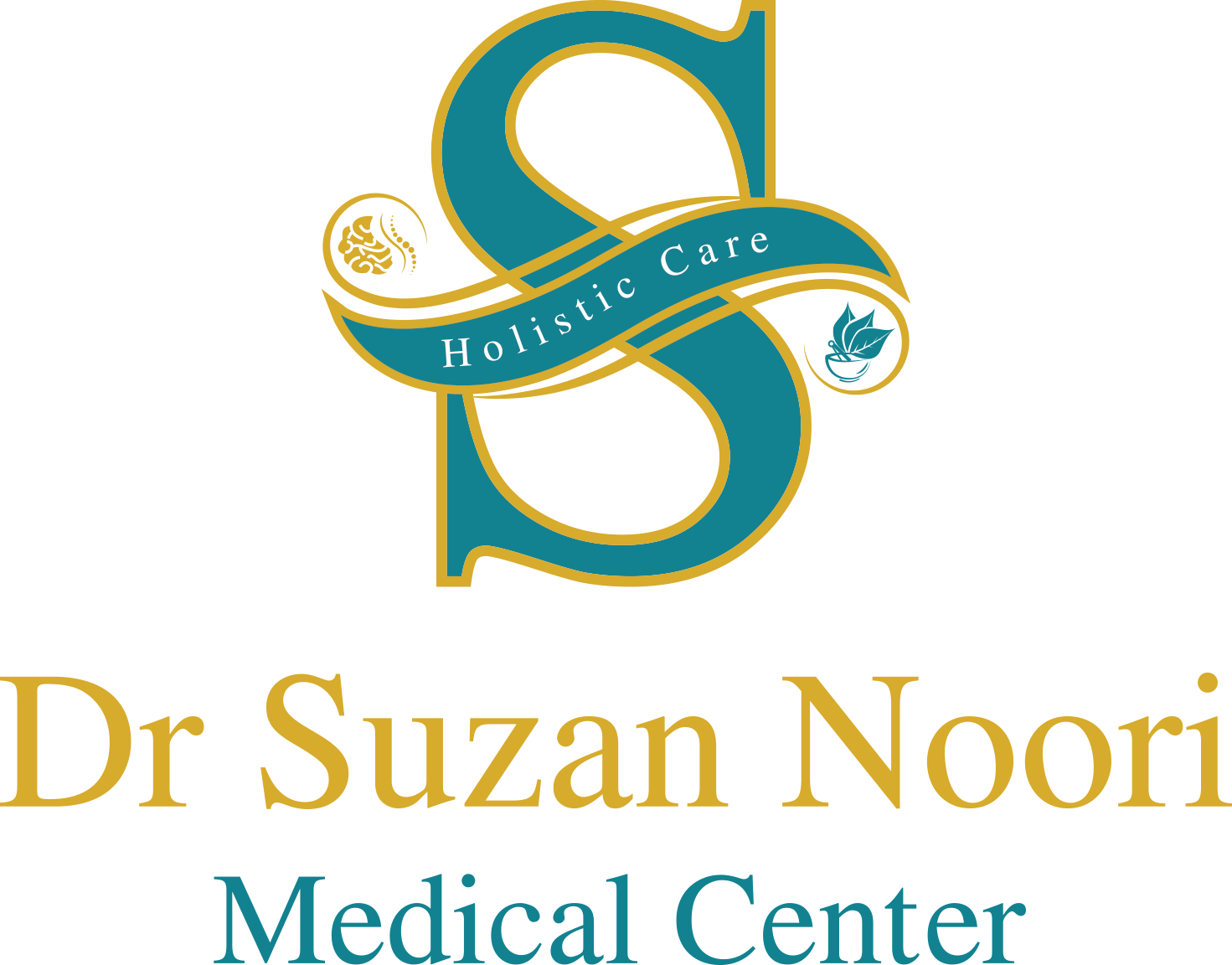Ready to Restore Harmony in Your
MIND, BODY, AND SPIRIT?
What is Gum Contouring?
Gum contouring, often referred to as gingival sculpting or gum reshaping, is a cosmetic dentistry procedure that modifies or, we can safely say, improves the gum line to enhance the appearance of your smile.
To produce a more uniform and symmetrical gumline, extra gum tissue would have to be cut out or reshaped. A "gummy smile," uneven gums, or excessive gum coverage over teeth are some of the aesthetic concerns that often lead people to seek gum contouring. In certain instances, it might help improve dental health by lessening the places where germs and plaque might grow.
When is it Medically Necessary?
When it comes to gum contouring, it's not only done for aesthetic purposes. These include but are not limited to:
Treatment of Periodontal Disease
Halting the advancement of gum disease is possible by removing diseased or damaged gum tissue
Gum Overgrowth
Disorders like gingival hyperplasia, which is frequently caused by drugs or underlying illnesses, can result in an overabundance of gum tissue that needs to be corrected.
By addressing these medical concerns, gum contouring can actually contribute to improved oral health and function.
What Does Gum Contouring Involve?
Gum contouring involves your gum tissue being carefully removed or reshaped throughout the process. To get the desired appearance, dentists will shape the gumline with sophisticated instruments like lasers or scalpels. Osteous surgery is also possible depending on the condition, it is a more involved treatment that may be used when the underlying bone structure needs to be adjusted.
Consult with a dental professional to understand how a tailored procedure would look for you.
What Happens Before Gum Contouring?
Preparation for gum contouring involves a thorough evaluation by your dentist. Some of the key steps include:
- Comprehensive Examination: Prior to the operation, your dentist will examine your oral for any indications of gum disease, tooth decay, or other problems that should be treated.
- Diagnostic Imaging: To assess bone structure and make sure the treatment plan is acceptable, X-rays or 3D scans may be performed. Again, depends on your specific condition.
- Custom Treatment Plan: A thorough treatment plan detailing the process and anticipated results will be developed based on your needs and objectives.
Pre-procedure instructions may also include avoiding certain medications, such as blood thinners, and maintaining good oral hygiene to minimize the risk of infection.
What Happens During Gum Contouring?
- Anesthesia: To ensure you are comfortable throughout the process, the affected area is numbed with anesthesia.
- Tissue Removal or Reshaping: Once you're comfortable, the dentist then carefully removes or sculpts excess gum tissue using a scalpel, laser, or radiofrequency device. If needed, the dentist may need to reshape the underlying bone to create a more natural contour.
- Post-Treatment Care: After the procedure, the area will be cleaned and any necessary sutures will be placed. In some cases, a protective dressing may be applied to aid healing.
This whole procedure typically takes 30 minutes to 2 hours, depending on the extent of treatment.
What Happens After Gum Contouring?
After the whole procedure, patients are often able to return to their daily activities right after the treatment. However, mild swelling, sensitivity, or discomfort may occur for a few days. To make you feel comfortable during these periods, dentists typically recommend:
Eating soft foods to avoid irritation.
- Using prescribed medications or over-the-counter pain relievers to manage discomfort.
- Keeping the area clean by rinsing with a saline or antiseptic mouthwash.
Also, follow-up visits may be scheduled to monitor the healing process and to make sure that the desired results have been achieved.
Does Gum Contouring Hurt?
Gum contouring is typically painless because of contemporary methods and local anesthesia. The anesthetic keeps you comfortable during the procedure. Mild sensitivity or soreness may follow, but these side effects are typically treatable with over-the-counter painkillers. When compared to conventional techniques, advanced technology like lasers frequently reduces discomfort and speeds up healing.
How Long is Recovery?
Depending on the degree of the treatment and your ability to heal, the recovery time for gum contouring varies. Most patients get better in a week or two. Even though regular activities can usually be resumed the following day, it's crucial to adhere to post-procedure guidelines in order to promote appropriate healing.
Gum Contouring Recovery Tips
To make sure you have a smooth and successful recovery, you can follow the following tips:
Stick to soft foods, such as yogurt, mashed potatoes, and smoothies, for the first few days.
When To Call the Doctor
While gum contouring is generally a safe procedure, complications can arise in very rare cases. Contact your dentist immediately if you experience:
- Chips or fissures in the sealing substance that are visible.
- Despite the sealant, food particles or debris are becoming lodged in the grooves.
- Heightened susceptibility to tastes that are sweet, chilly, or hot.
- Pronounced discolouration or discolouration of the tooth surface.
Even if you happen to experience the said, prompt attention to these issues can prevent further complications and ensure a healthy outcome.

















